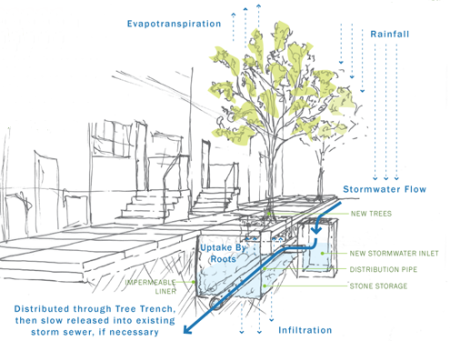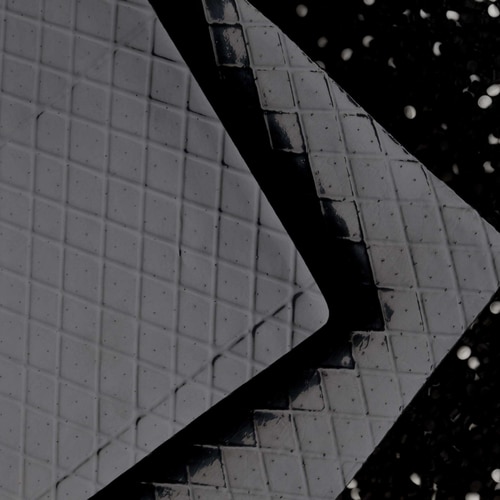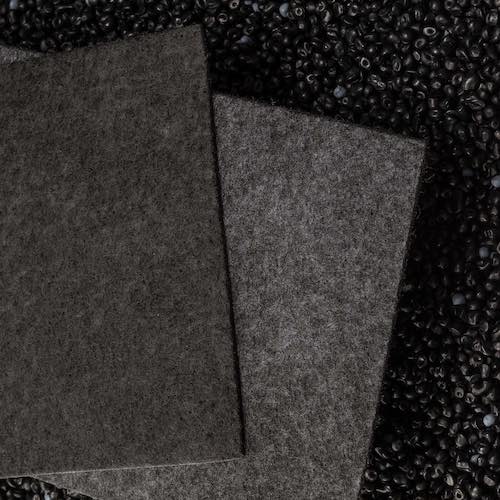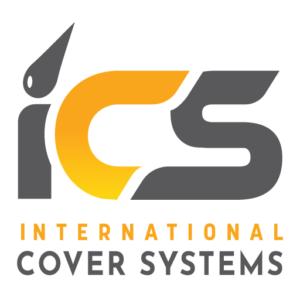Traditional stormwater systems throughout the country are aging. Meanwhile, municipalities are struggling to find cost-effective means of managing wet weather events. Traditional stormwater systems collect rain and/or snowmelt and carry it via piping networks to a nearby waterway, or wastewater treatment plant. In cases where stormwater is delivered directly to waterways, pollutants can be carried and deposited without any mitigation. With ever increasing hardscapes and storm intensities, even stormwater management systems that are directed to water treatment plants can be overwhelmed. When this occurs, both stormwater and wastewater are typically diverted into waterways, further polluting our environment. Low Impact Development (LID) are practices that capture stormwater and naturally infiltrate it into the environment. Many of these practices require various geosynthetics to be an effective means of protecting the environment.
Mother Nature in Green Infrastructure
An assortment of LID practices has been implemented throughout the country in a variety of applications. There is a wide range in the types of these systems, also known as green infrastructure. The same holds true when it comes to both costs, and the amount of space needed for successful implementation. Relatively low on price and high on space needs are applications that utilize nearly exclusively what mother nature provides. Rain gardens, bioswales and constructed wetlands all take advantage of depressed areas where water would naturally collect.

These can be either man-made or naturally occurring low-lying areas, when compared to the surrounding topography. Often, these types of LID also include a variety of plants. These can again either be a natural occurrence or purposefully planted with beauty and utility in mind.
Once stormwater has gathered into these depressed areas, the water is either absorbed into the soil, or taken up by plant roots. Through this process, pollutants are filtered out and consumed by the biota in the soil before reaching the groundwater. Plants assist in this process by taking up some of the stormwater. Root systems also break up soils, allowing for increased water infiltration. Constructed wetlands, bioswales and rain gardens can be used as either closed systems, or part of a larger chain of stormwater management practices. They act as a very efficient and effective first step in stormwater management to slow and infiltrate runoff.
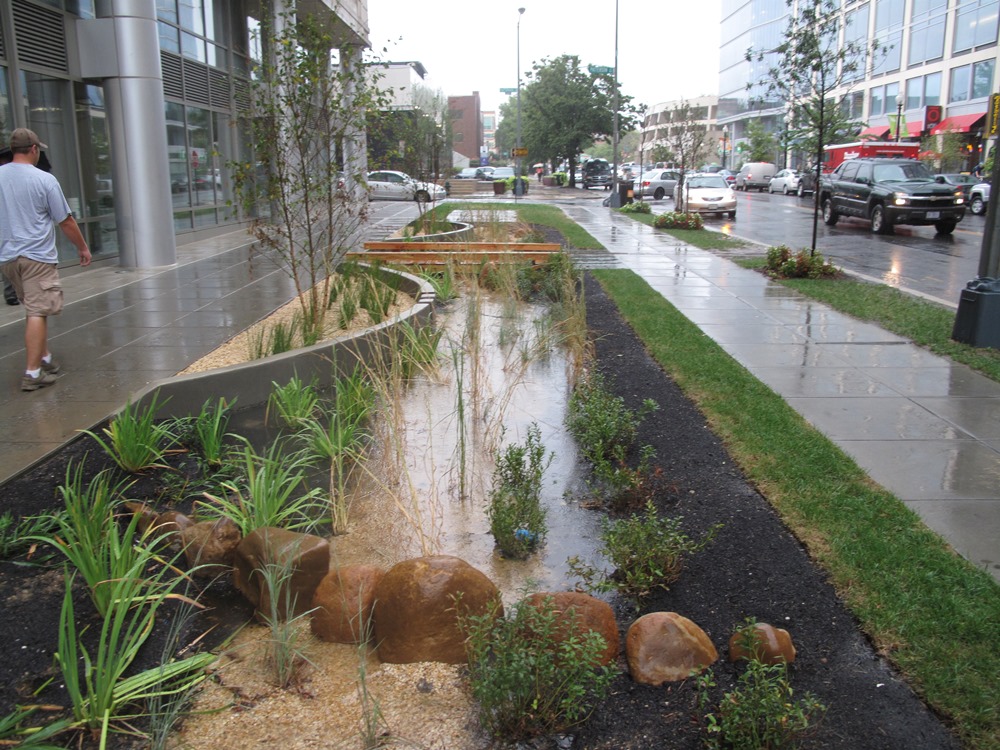
Increased Engineering in Green Infrastructure
There are several constraints that do not allow for natural uptake and infiltration of stormwater. These include space, soils, and groundwater contamination. In these instances, various green infrastructure practices such as underground detention and infiltration, tree and planter boxes, porous pavement, and green roofs can be effective. It is obvious that many regions which generate large volumes of stormwater do so because of their vast amounts of impervious surfaces. In areas that do not have the needed green space to employ mother nature, these alternatives can still provide relief to the stormwater system.
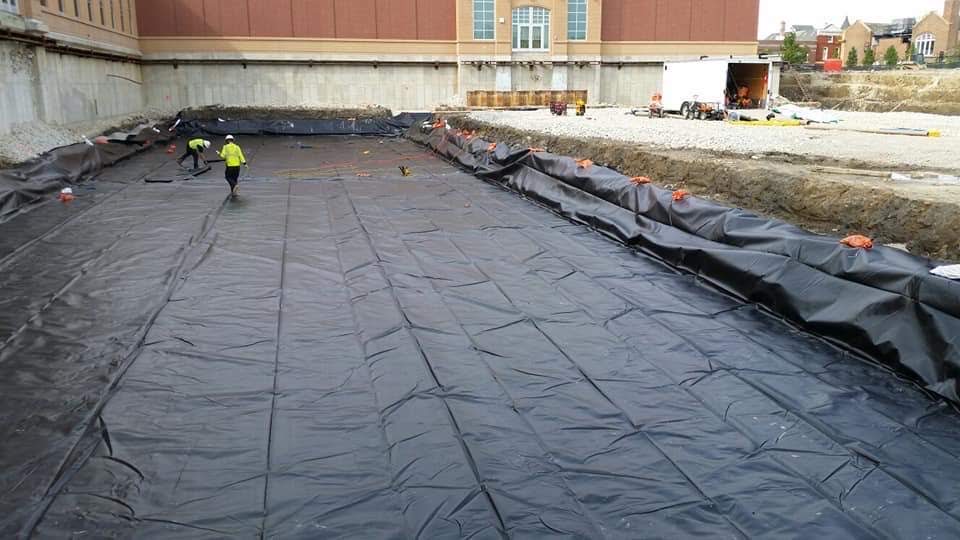
Unsuitable soil conditions for infiltration can also be an impediment for traditional mother nature inspired green infrastructure. In regions where karst topography or soil and groundwater contamination is prevalent, infiltrating high volumes of stormwater may be unsafe for the immediate environment and surrounding watershed. The aim in these situations is to retain stormwater for as long as possible to promote evaporation, slow release to wastewater treatment plants or encourage slow rates of infiltration where pollution is absent.
Geomembrane and Geotextile Applications in LID
Many LID techniques utilize, and even require geomembranes and geotextiles to work effectively. To keep slopes stable and provide erosion control, geotextiles and geomembranes can be used to hold soil in place. When contamination within the soil, groundwater, or the stormwater itself is an issue, raingardens and bioswales can be lined with geomembranes to contain stormwater runoff and allow it to evaporate or be assimilated by plants within the system. When more engineered LID techniques are employed, geomembranes are often required as secondary containment. In these and other applications, geotextiles can also be used to provide protection of the geomembrane, and delineation of materials.
ICS is well-versed in the applications of geosynthetics in LID applications. Contact our experienced team to ensure your LID project performs to the best of its ability!

